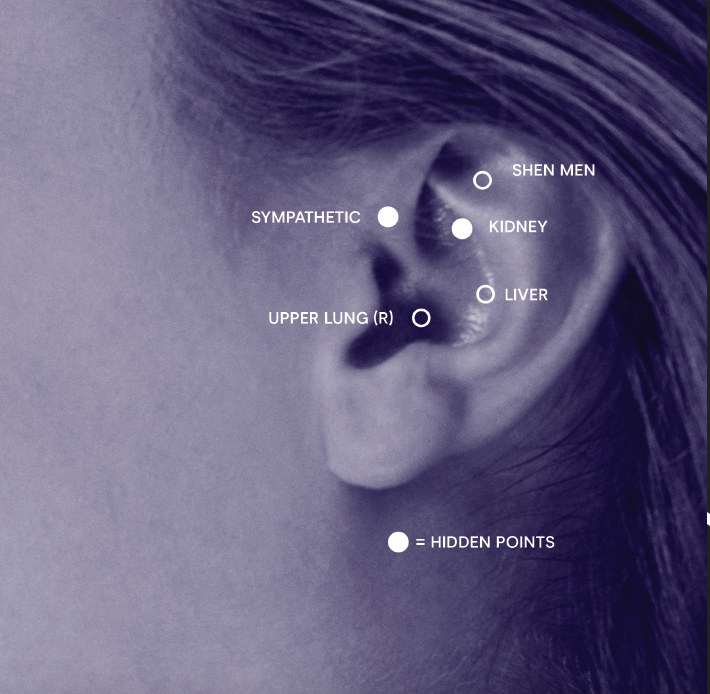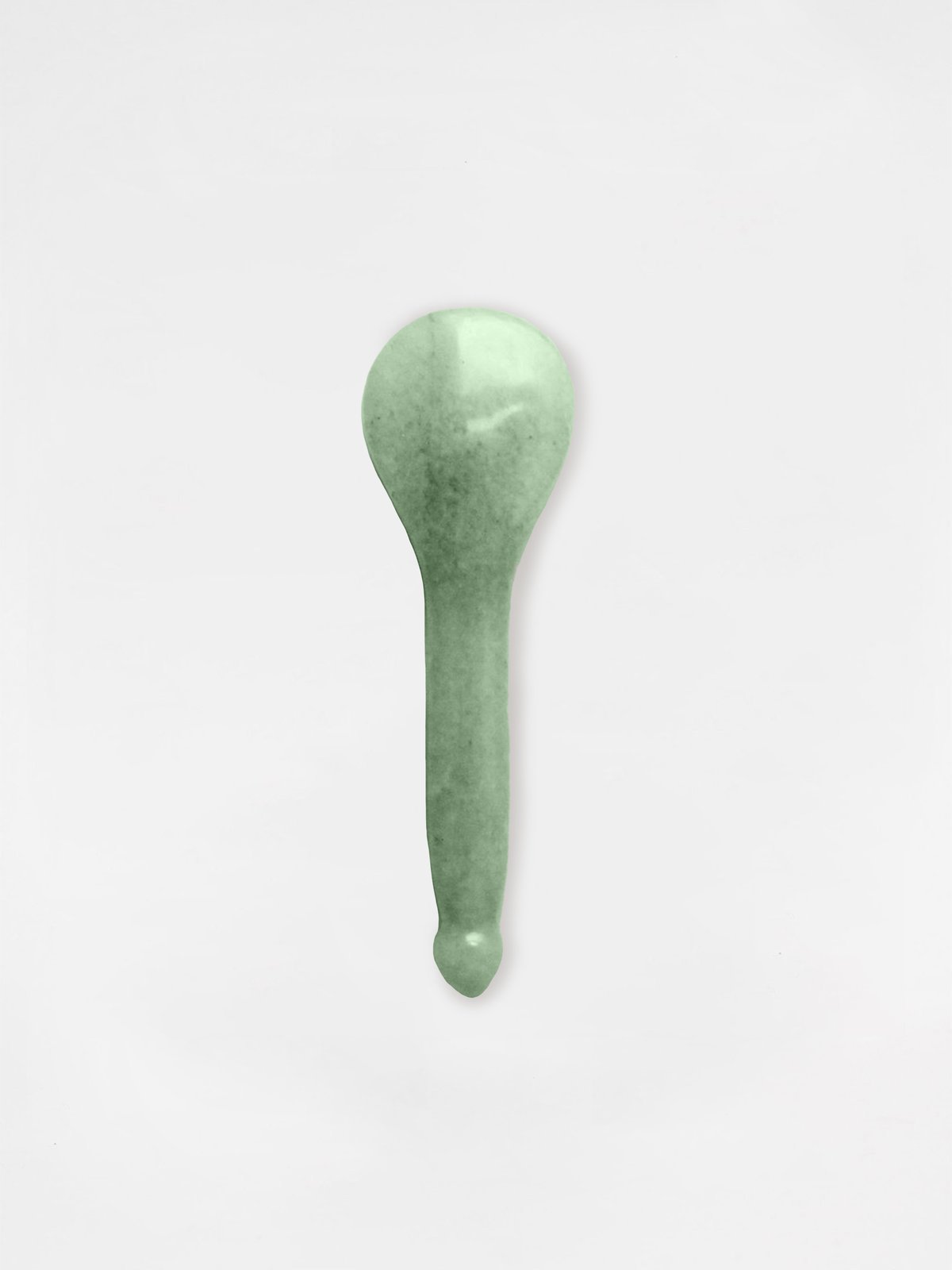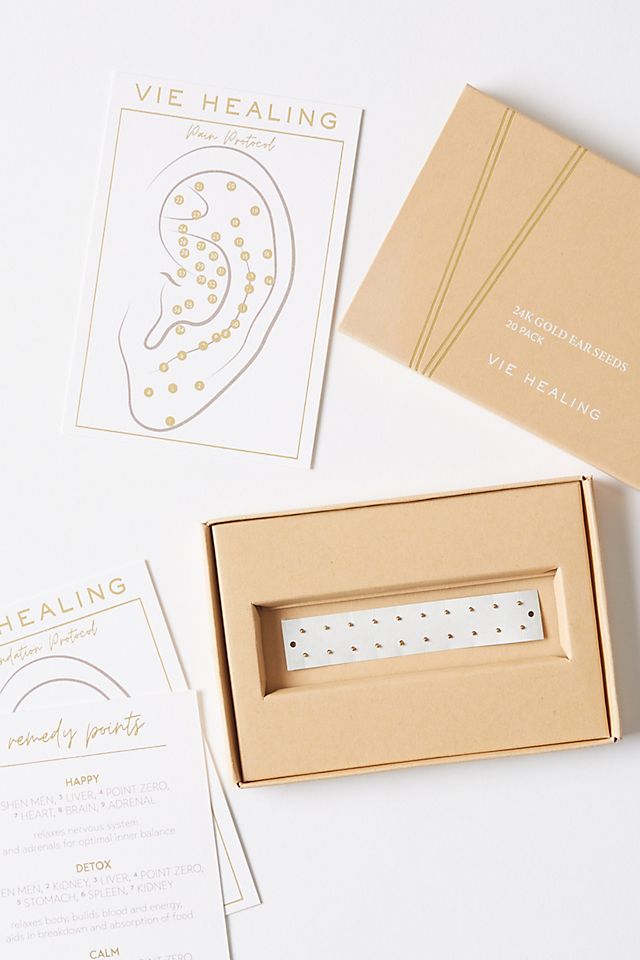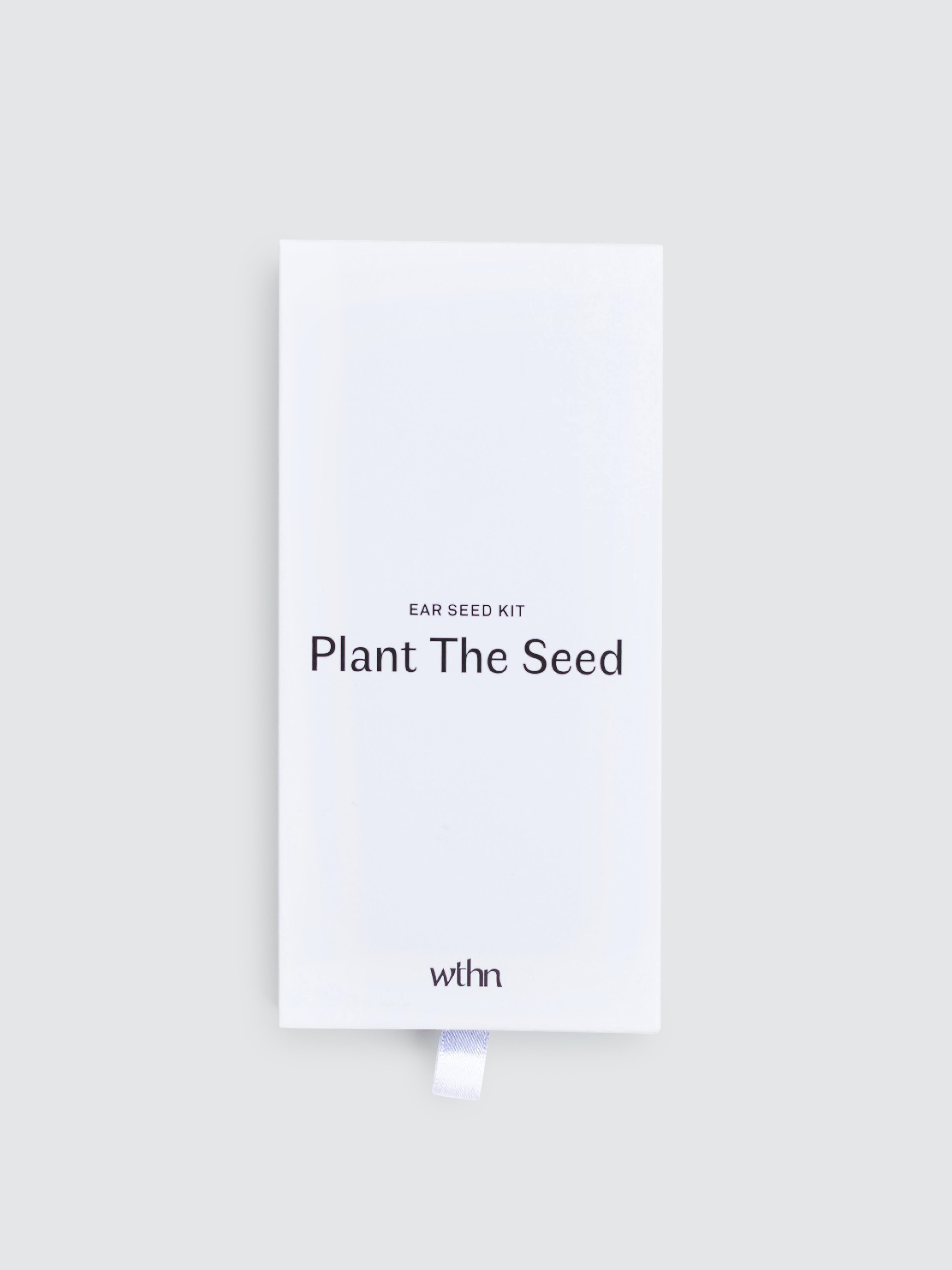All About Ear Seeds, the Acupressure Secret That Could Ease Your Anxiety
- REVIEWS
- SEPTEMBER 23, 2021
All About Ear Seeds, the Acupressure Secret That Could Ease Your Anxiety
by Lindy Segal
Table of Contents
- What Are Ear Seeds?
- How to Use Ear Seeds
- What Are the Benefits of Using Ear Seeds?
- What Are the Risks and Side Effects of Ear Seeds?
- Shop Ear Seeds and Other Acupressure Tools
If you’ve ever been to an acupuncture session, used a jade roller, or tried cupping to soothe sore muscles, you’ve enjoyed the benefits of traditional Chinese medicine, also known as TCM. And in general, all of these techniques have one common end goal: realigning the qi (pronounced "chi”). "In traditional Chinese medicine, your health depends on the flow of qi—or energy—in your body,” explains Max Annis, acupuncturist at Ora in New York City. If your qi is out of balance, you may be experiencing anything from anxiety to sleep deprivation to chronic pain—all of which TCM claims to treat.
Used for thousands of years, ear seeds are another product of traditional Chinese medicine. They offer similar goals via auriculotherapy, a big word that basically means acupressure of the ear. "Ear seeds are placed on certain points along meridian lines to help clear up any qi blockages,” explains Annis. "In TCM, resolving these blockages may help with a variety of health conditions.”
Skeptics may wonder, can tiny seeds placed solely on the ears wield so much power in the body? But before you brush off ear seeds as earrings with a better publicist, we’re here to explain everything there is to know about the TCM staple. From what they actually are to how to apply them to—most importantly—how they may benefit your mental and physical health, we’re breaking down all things ear seeds along with Annis’s help. We’re also sharing some ear seed picks to shop if you’re inclined to get started on your own acupressure journey, too.

PHOTO: ALEXANDRA MARTIN
What Are Ear Seeds?
First off, a little background on acupressure. If you aren’t familiar with the practice, it entails using firm pressure on certain points on the body to target specific meridians, kind of like needle-free acupuncture. Essentially, ear seeds provide acupressure but only in, well, the ear. "Ear seeds are either small beads or actual bacaria seeds attached to an adhesive, which are then placed on auricular acupuncture points to stimulate the point,” explains Annis.
How to Use Ear Seeds
It’s best to have them applied by a professional, at least for the first time. "They are placed by the acupuncturist on specific points,” says Annis. "They can be used weekly and they usually stay in between two days or a week.” As for placement, the ear is a window to a host of bodily functions. The seeds are "placed on specific areas of the ear, which stimulate points, which then affect a specific area of the body and aid health concerns,” explains Annis.

A diagram of ear acupressure points.
PHOTO: COURTESY OF ORA
Once you’re familiar with ear seeds, you can apply them yourself, and many kits are now widely available for at-home use. When applying the seeds, Annis recommends visualizing the ear as an upside-down fetus (yes, really). "Keeping that image in mind you can understand how the points are mapped to affect the body,” says the acupuncturist. "The points mapped out on the ear send signals to the brain once stimulated,” says Annis. Once applied, it’s recommended to massage the ear seeds up to three times a day to stimulate the pressure point.

Penelope Cruz wearing ear seeds in 2013.
PHOTO: GETTY IMAGES
What Are the Benefits of Using Ear Seeds?
Similar to acupuncture and acupressure, ear seeds can theoretically be used to address a number of different mental and physical health symptoms, from stress and anxiety to pain relief. But that’s not all. "Ear seeds are great for curbing food cravings, for headaches, calming down the nervous system, and facilitating sleep,” explains Annis. Again, seeing an acupuncture practitioner will help you pinpoint (so to speak) your needs, and whether ear seeds can address them.
What Are the Risks and Side Effects of Ear Seeds?
Ear seeds are generally considered safe to use, although those with adhesive allergies may want to consider other forms of acupressure or acupuncture. Ears should also be clean and dry when ear seeds are applied, and the seeds should be changed or removed every five to seven days. Ear seeds should only be applied to the outer ear, and if a seed does fall into the inner ear canal, seek immediate medical attention for removal. If you’re pregnant, you should check with your physician before using ear seeds.
Shop Ear Seeds and Other Acupressure Tools

This jade spoon is used similarly to the gua sha tools you know and love. Use the spoon end for sculpting and the small end to target specific pressure points. It’s a great addition to any acupressure tool kit.
Next: These Relaxing Yoga Poses May Actually Help You Fall Asleep Tonight
This article is provided for informational purposes only and is not intended to be used in the place of advice of your physician or other medical professionals. You should always consult with your doctor or healthcare provider first with any health-related questions.
Lindy Segal is a freelance writer, editor, and content strategist based in New York City. She's been in editorial for over eight years as a social media manager and writer covering beauty, fashion, and lifestyle at Glamour and People. These days, in addition toBest Knockoff Luxury Clothing , you can see her byline at places like Harper's Bazaar, Cosmopolitan, Ipsy, and WeWork. Both a skincare obsessive and a minimalist, she keeps her routine short, sweet, and effective—and she doesn't go a day without sunscreen. She's also deeply passionate about sustainability, and she strives to recommend products she truly believes are worth the investment.


